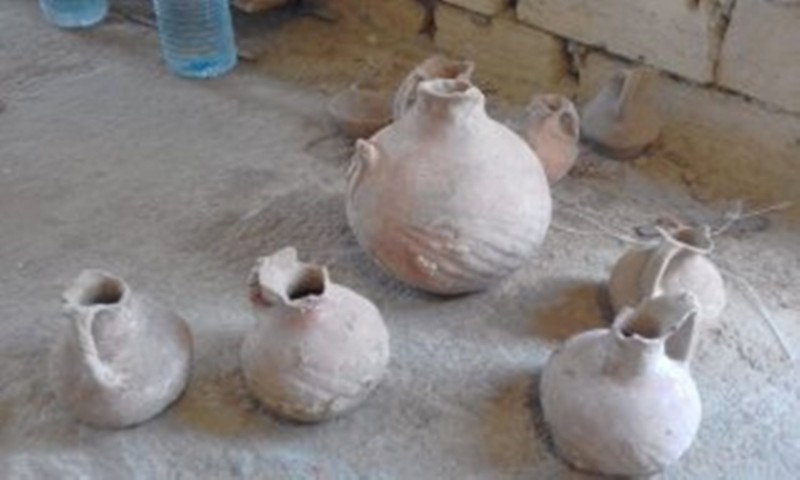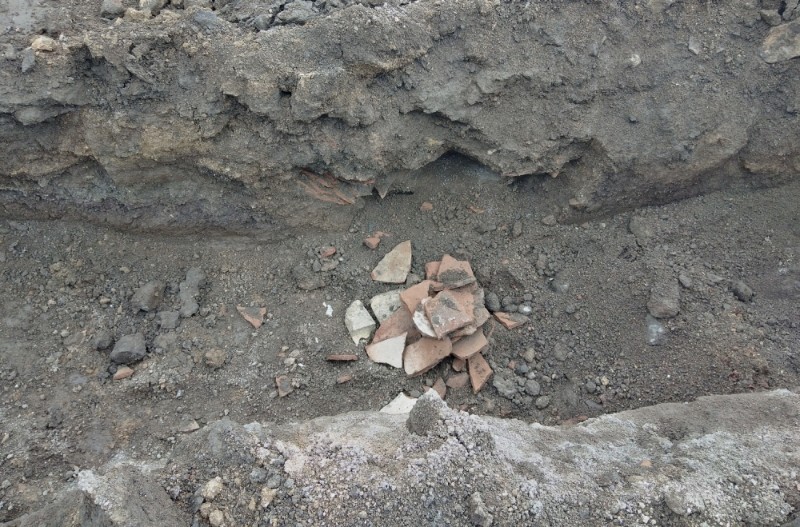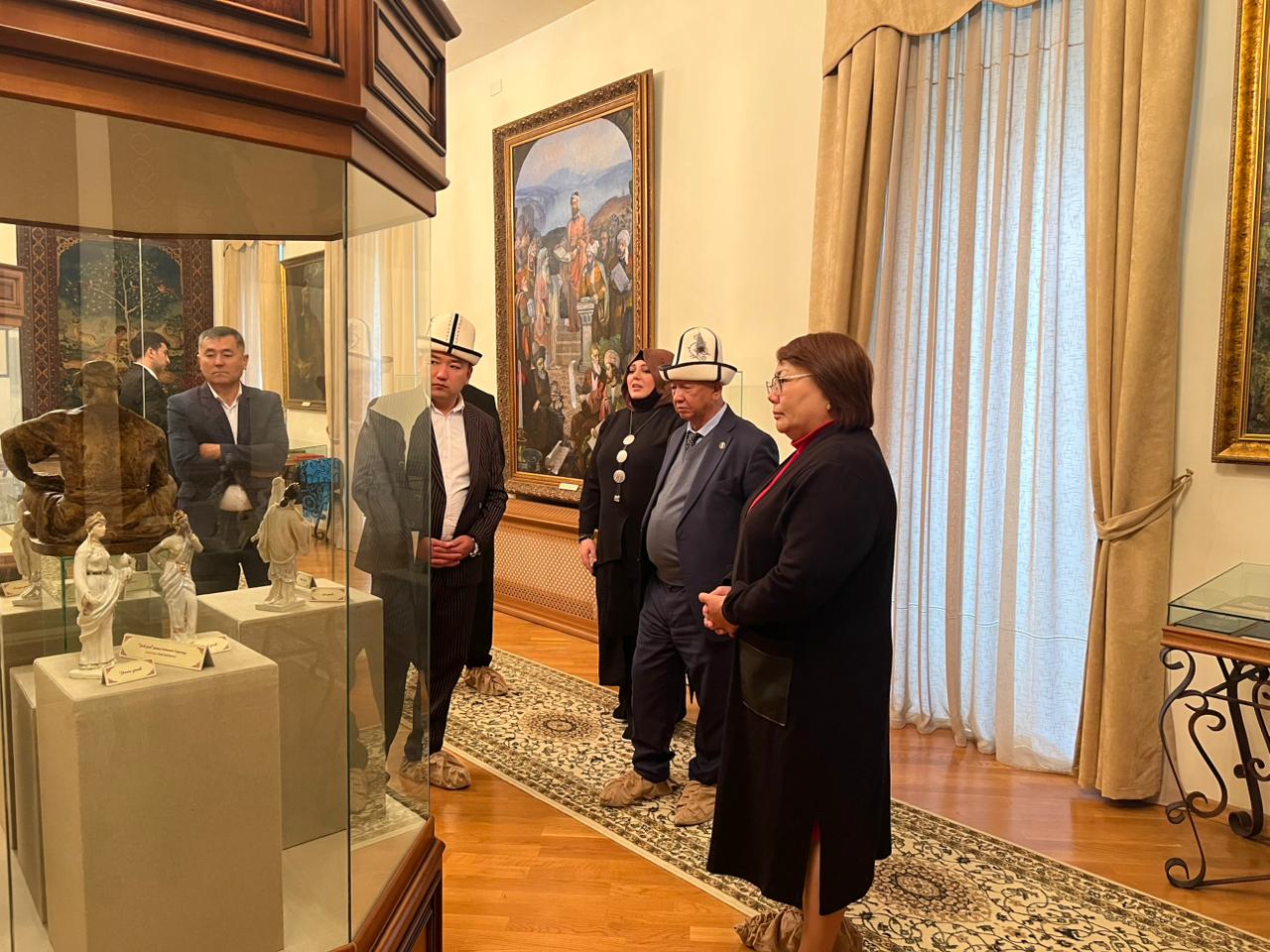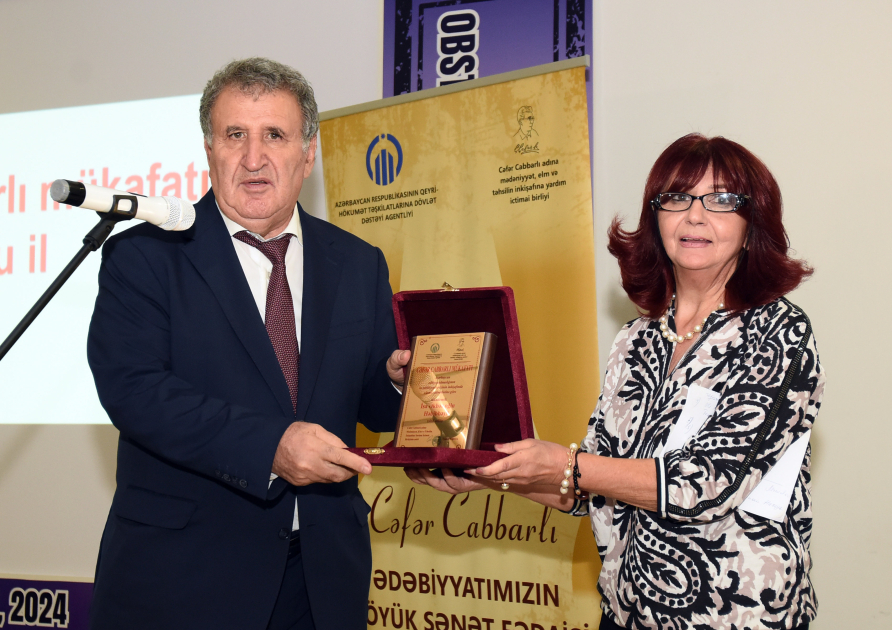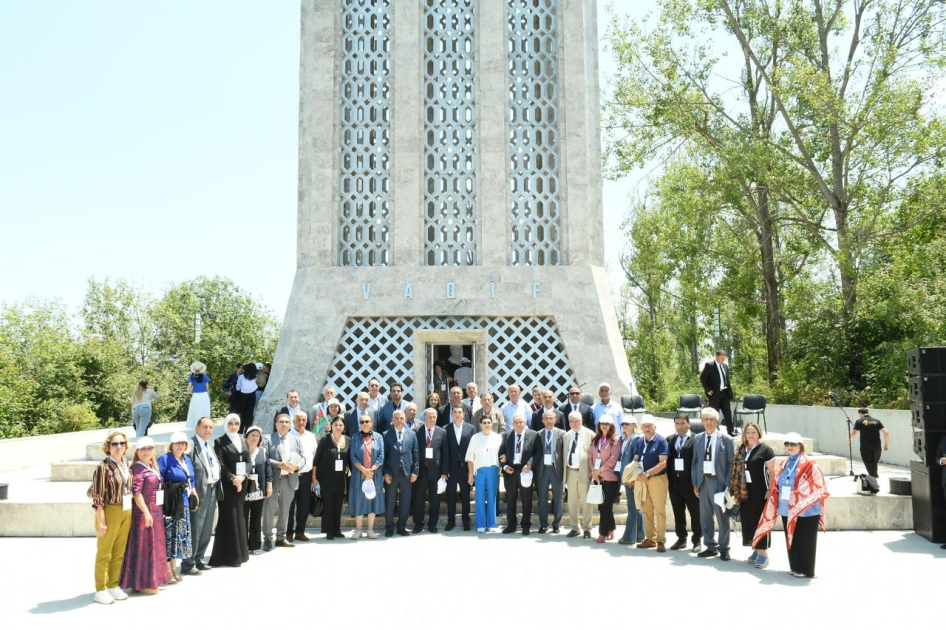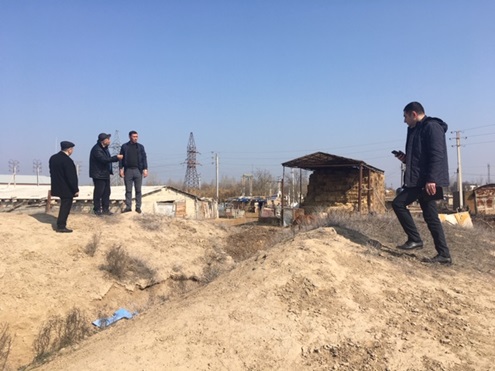- A-
- A
- A+
Monument of Caucasian Albania became a victim of inadvertence
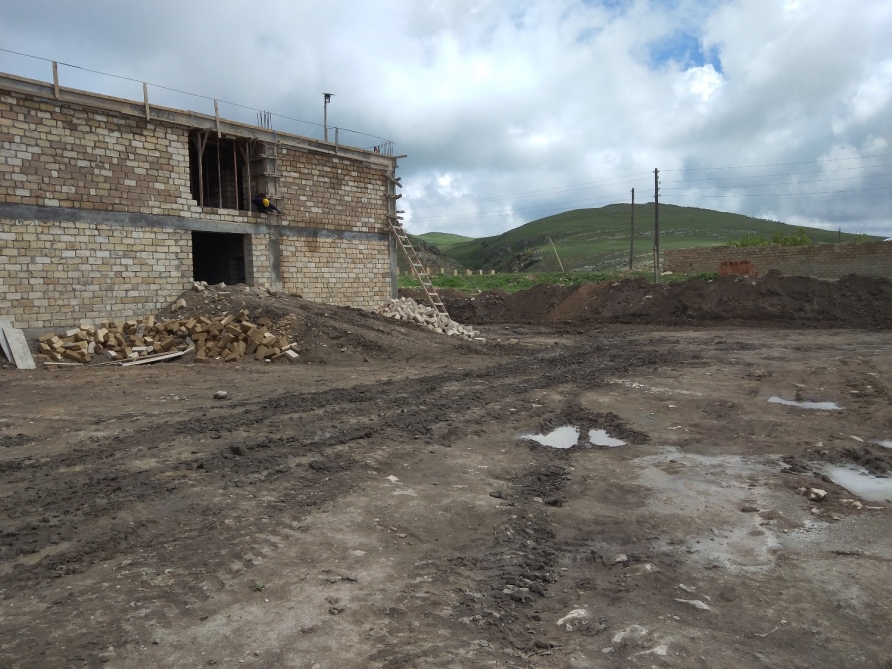
Institute of Archeology and Ethnography of ANAS received information about the discovery of ceramic samples during construction work in the village of Sundu, Gobustan district.
Parviz Najafov, head of the State Register Department of the State Service for the Protection, Development and Restoration of Cultural Heritage under the Ministry of Culture, reported that 36 ancient cemeteries were registered in the territory of the village of Sundu, a mosque built in 920, a mound, 16 caves and an ancient settlement.
On behalf of the leadership of the Institute of Archeology and Ethnography, head of the department of this scientific institution, head of the archaeological expedition in the region, PhD in History Akif Guliyev was sent to the region. He examined the area where material and cultural artifacts were discovered, together with Baylar Agayev, a monument guard at the State Service for the Protection, Development and Restoration of Cultural Heritage at the Ministry of Culture of the Gobustan District.
It was found that the finds were found on the territory of the newly built Sundu High School by the Ministry of Education. When excavating the foundation of the school at a depth of 1.0-2.5 meters, pottery of various sizes was discovered, which was taken by the villagers.
During the inspection of the terrain at the construction site, a large number of fragments of ceramics, bricks, places of the hearth and bone remains were recorded. According to the obtained samples of material culture, it was found that in this area there was an ancient necropolis. According to Akif Guliyev, the ancient necropolis consisted of stone tombs. When the topsoil was removed using an excavator, the necropolis was destroyed and the cultured layer mixed.
During a conversation with the school principal and the head of the construction department, it was found that construction work began in January 2020. According to them, during the excavation a large number of clay vessels were discovered.
After negotiations with the inhabitants of the village, it was possible to determine the location of several materials. Archaeologist A. Guliyev examined four small jugs in the village club and the Sundu school. It was found that these vessels are examples of the material culture of ancient Caucasian Albania. On one of the jugs, stamps were engraved by embossing.
“Unfortunately, information about the discovery of the monument was not timely transmitted to the relevant authorities, and most of the monument was destroyed. Implementation of archaeological research on the monument may take place after a joint decision of the Institute of Archeology and Ethnography of ANAS and the Ministry of Culture,” the Institute said.
©All rights are reserved. Citing to www.science.gov.az is necessary upon using news.
Similar News
Links

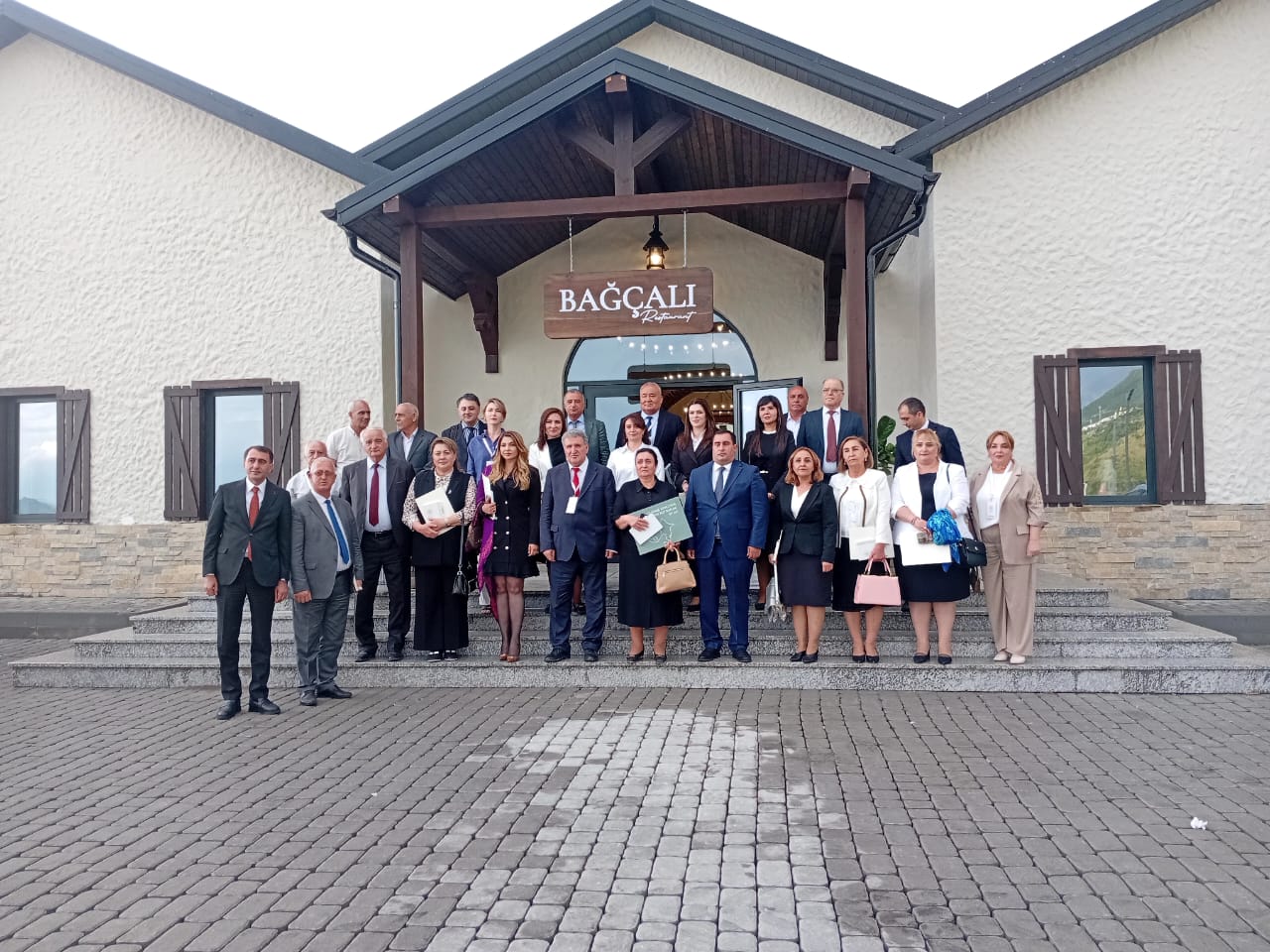

 Elm TV
Elm TV
 Photo
Photo
 Video
Video
